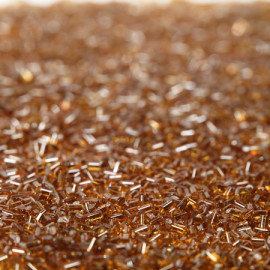Layer-by-layer fabrication has long been used for industrial prototyping, but a boom in lower-cost, desktop 3D printers is broadening its appeal and materials suppliers are responding as markets for these versatile tools expand.
This week, Arkema – whose company history goes back to a reorganization of Total’s intermediate chemicals group in 2004 – announced that it is adding 3D printing as a 6th ‘innovation driver’ for its international research and development (R&D) operation. ‘Materials for 3D printing’ joins existing R&D programmes in ‘lighter materials’, ‘renewable raw materials’, ‘materials for energy’, ‘water treatment solutions’ and ‘materials for electronics’.
Arkema offers polymers for laser sintering as well as UV-curable resins, and is developing formulations that can be used to make extremely tough 3D-printed products. But it’s not just the big firms that are busy innovating and ramping up the range of materials available to the growing 3D printing community. Materials start-ups and university labs are also participating in the translation of novel feedstock.
In fact, a web-search reveals a curious array of 3D printable materials, which includes coffee (3Dom USA), coconut (Formfutura), seaweed (University of Wollongong) and graphene (Black Magic 3D).
Related stories on TMR+
– Materials and equipment upgrades add to 3D printing’s appeal
Related articles in the journal Translational Materials Research (TMR)
– What can 2D materials learn from 3D printing? (Andrew Haughian 2015 Transl. Mater. Res. 2 020201)
Related stories on the web
– A*STAR’s IMRE invents highly conducive material for 3D-printing of circuits
– Oxford Performance Materials launches 3D printing technology for aerospace and industrial applications


Pingback: TRAM 2015: aerospace industry embraces additive manufacturing | TMR+
Pingback: Fullerex updates bulk graphene pricing report; highlights market opportunities for 2D materials | TMR+